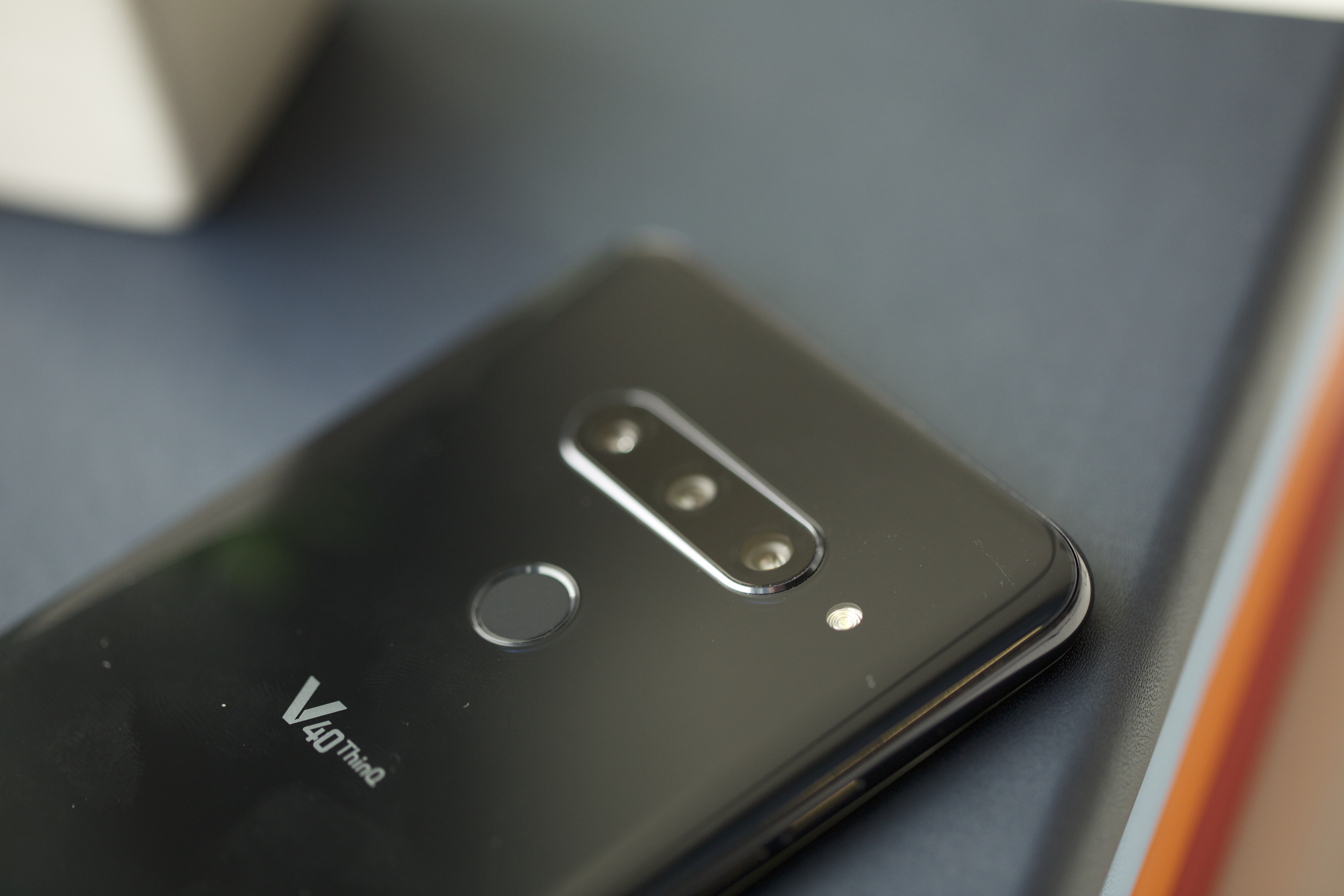That’s two on the front and three on the rear. LG’s already teased the upcoming flagship quite a bit in the lead up to today’s announcement. Understandably so. It’s hard for a company like this to stand out in a world full of Apples and Samsungs — even with all of those lenses.
The South Korean company has never been afraid to push the envelope, and many of its smartphone innovations have become commonplace in recent years. Of course, LG’s not the first to bring a handset with three lenses to market — Huawei had the company beat by several months on that front with the P20.

Official images have been floating around for some time, but until now we haven’t actually seen them in action — or known precisely what each of the lenses does. Well, not officially, at least. The breakdown of the three horizontally oriented lenses is this: standard, super wide-angle and 2x optical zoom.
One click of a button and you can capture all three at once. Or you can just toggle between the three shots in preview mode. That’s really the easiest way, but it doesn’t afford you the bizarre Triple Shot function, which offers up an animated transition between shots. I’m still trying to figure out the real-world use for that bit.

It’s certainly less useful/interesting than the Cine Shot bit we wrote about earlier this week. That’s something I could certainly see myself using again, if only to fulfill my longtime goal of capturing the essence of Anthony singing karaoke. One day technology will catch up. Or maybe we’re just flying too close to the sun here.
The two front-facing cameras are 8 and 5 megapixels, taking standard and wide-angle shots, respectively. The phone retains the AI picture-taking features LG rolled out for its handsets back at Mobile World Congress, which adjust automatically, based on the sort of scenes they’re shooting.
The V40’s got a 6.4-inch QuadHD display, 6GB of RAM, 64GB of storage (plus a microSD slot) and sports a Snapdragon 845. Oh, and yep, there’s a headphone jack.